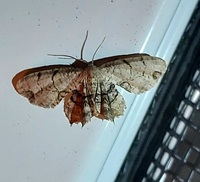
| Recorded by: Mark Basinger on 2024-08-10
Mitchell Co.
Comment: | 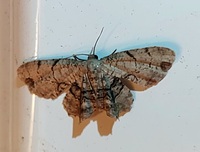
| Recorded by: Mark Basinger on 2024-08-10
Mitchell Co.
Comment: |

| Recorded by: Jeff Niznik on 2024-05-09
Orange Co.
Comment: | 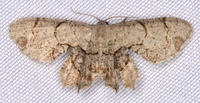
| Recorded by: David George, Stephen Dunn, Jeff Niznik on 2023-06-25
Orange Co.
Comment: |
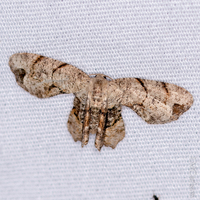
| Recorded by: David George, L. M. Carlson on 2022-07-01
Chatham Co.
Comment: | 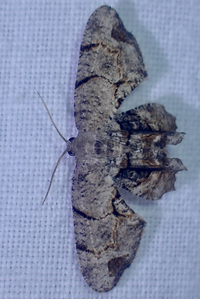
| Recorded by: tom ward on 2021-07-21
Buncombe Co.
Comment: |
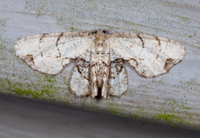
| Recorded by: Jim Petranka on 2021-05-15
Madison Co.
Comment: | 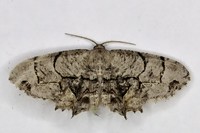
| Recorded by: Gary Maness on 2019-05-22
Guilford Co.
Comment: |
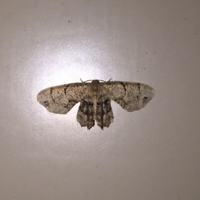
| Recorded by: Alicia Ballard on 2018-08-14
Alamance Co.
Comment: | 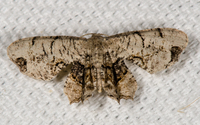
| Recorded by: David L. Heavner on 2018-08-14
Buncombe Co.
Comment: |
|

 »
»



 »
»

